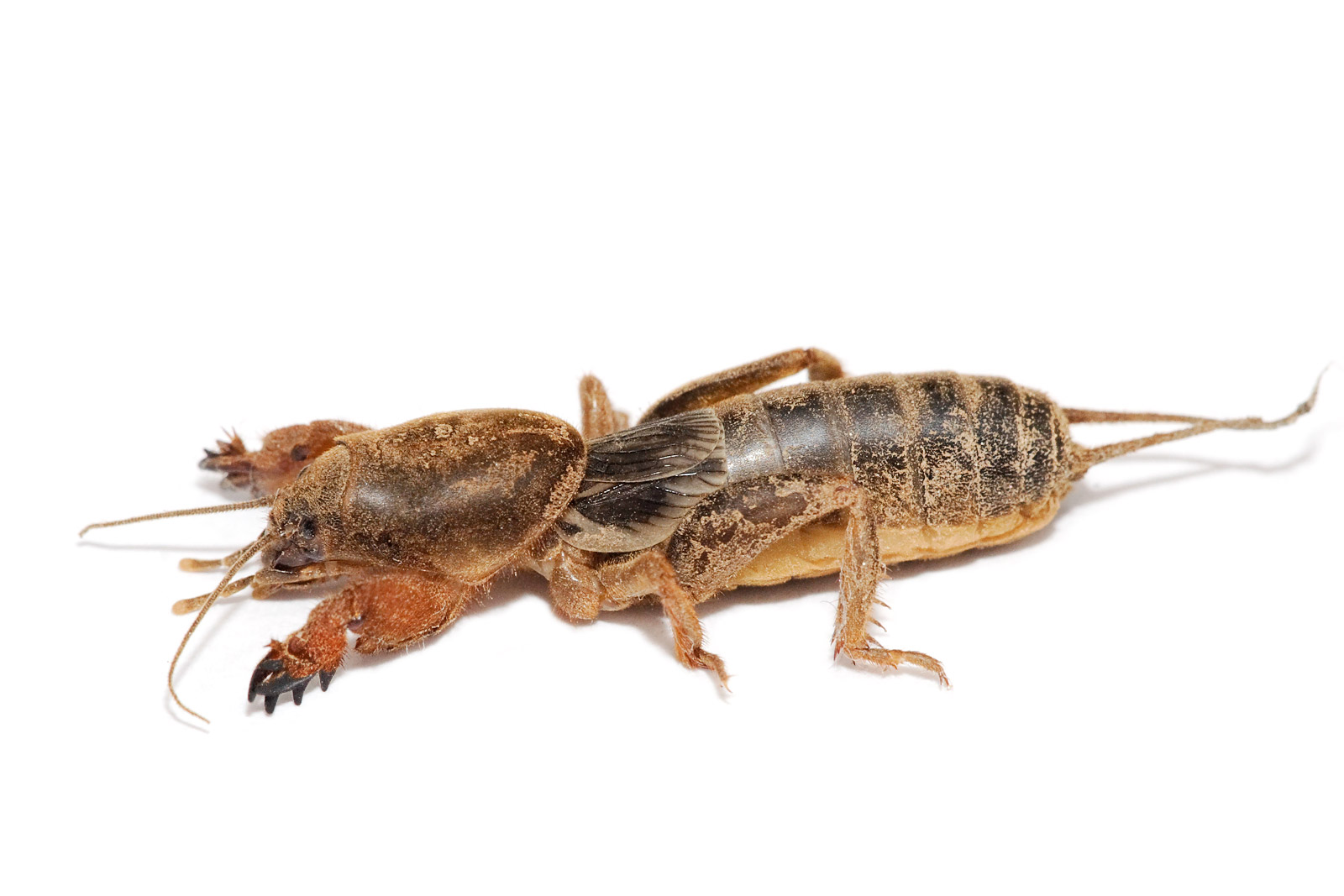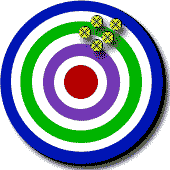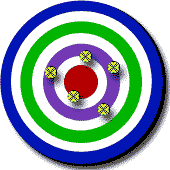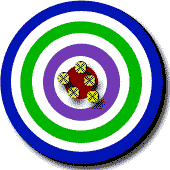The lab can be found on page 45 of the Essential Experiments for Chemistry lab book.
Glossary:
Hydrate: A compound containing water (H20) in it's crystal structure. The general formula is AB xH2O
Anhydrous: The form of a compound without water.
Carbohydrate: Organic compound with the general formula Cx(H2O)y
 |
| The sutructure of a hydrate |
Objectives:
To determine the percentage of water in a hydrate, the moles of water present in each mole of the hydrate and to write the empirical formula of the hydrate.
Procedure:
Summarized for full procedure refer to lab book
- Put on safety equipment and set up bunsen burner.
- Heat a crucible for 3 min, then let it cool
- Determine the mass of the crucible
- Place the hydrate in the crucible, determine the mass, and then heat for 5 min once the bottom of the crucible turns red.
- Let it cool, then determine it's mass
- Repeat the previous two steps to verify your results.
- Add a few drops of water and record the changes that appear
Results:
1. Determine the mass of the water by subtracting the after heating mass from the before heating.
Then divide the mass of the water by the mass of the hydrate. Multiply your answer by 100 to get a percent.
2. Calculate the mass of the salt by subtracting the mass of the water from the hydrate. Then divide the mass of the salt by the molar mass of the hydrate which is 120.4g. The will give you the number of moles of the salt.
3. Calculate the # of moles of water present in the hydrate by dividing the mass of the water by the molar mass of water, which it 18.0g.
4. Divide both molar amounts by the smaller molar amount. This should equal one for the salt and seven for water
5. Substitute these numbers into the general empirical formula AB xH2O.
Answer:
AB 7H2O
Here is a video summarizing the above lab
http://www.youtube.com/watch?v=wNqzkNW72rM&feature=related










 What is density? Well density is the amount per unit size. Density is a physical property of matter
What is density? Well density is the amount per unit size. Density is a physical property of matter










